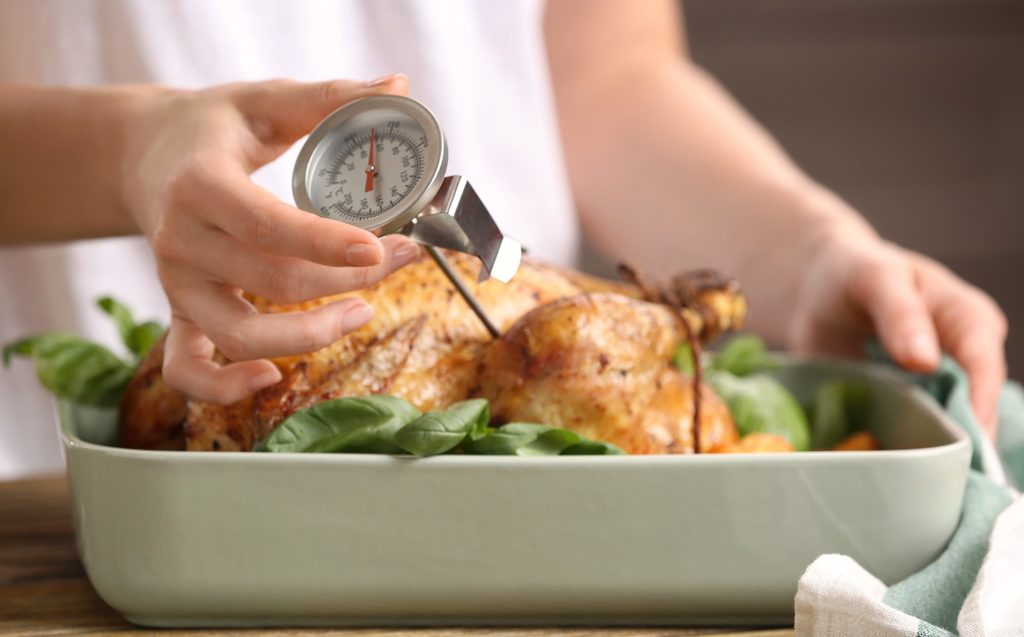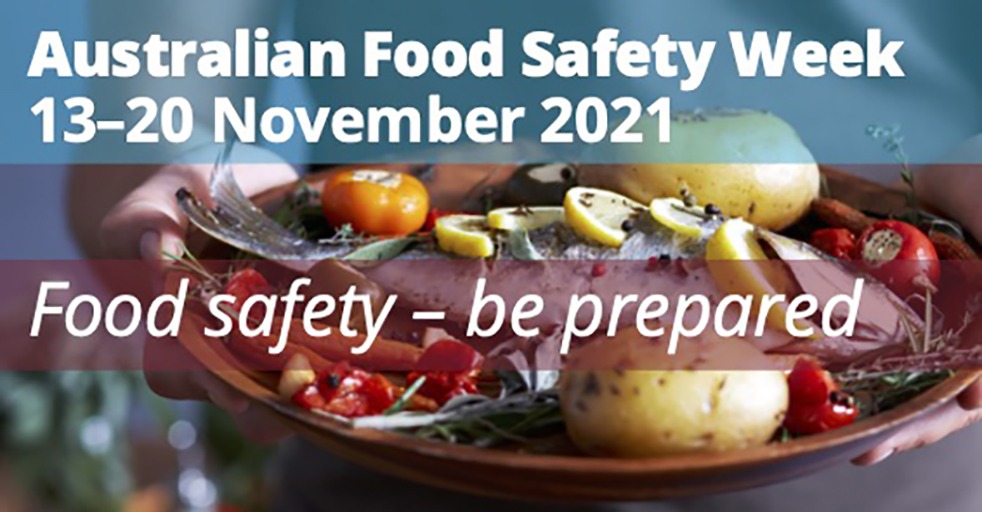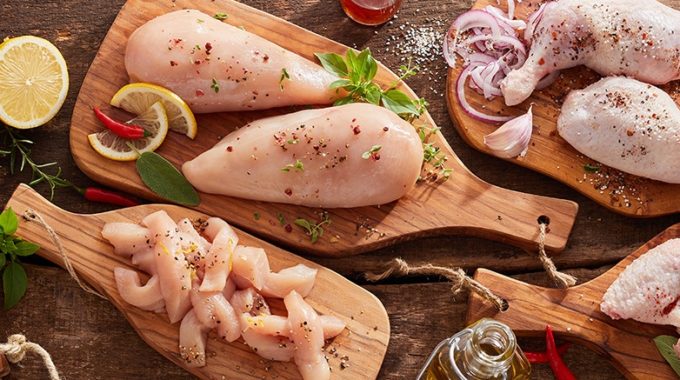Food Safety Week: be prepared
It’s Australian Food Safety Week (November 13-18). And this year, the Australian Food Safety Information Council is urging people to make like a boy scout and be prepared. Plus, experts answer the most commonly asked question that brings people to the Australian Chicken Meat Federation’s website: is it safe to refreeze raw chicken?
The theme for this year’s Food Safety Week is “Food safety – be prepared”. It’s aimed at building resilience in the community, especially after natural disasters. In addition to good old COVID, we’re also seeing an increasing number of other natural disasters like bushfires, floods and major power outages. If you’d like to be prepared for these, just in case, check out this simple food safety toolbox that you can put together in advance.

Build a food safety toolbox in 4 simple steps
1. Buy thermometers
Next time you’re at the shops or shopping online, get yourself a fridge thermometer and a meat thermometer. You can find these at kitchenware, hardware, BBQ and outdoor stores.
2. Check your fridge temperature
Use your fridge thermometer to check your fridge is running at 5°C or below to stop the growth of most food poisoning bacteria and reduce food waste. The “use by” dates on refrigerated food only apply if your fridge is running at or below this temperature. Place the thermometer on a lower shelf where you can easily read it. When checking the temp, don’t keep the fridge door open too long, as you’re measuring the air temperature inside.

3. Use your meat thermometer
It won’t do any good if your thermometer never leaves your kitchen drawer. Use it to check that high-risk foods like poultry, mince, sausages, hamburger patties, leftovers and rolled roasts reach at least 75°C in the centre when cooked. Egg dishes need to be at least 72 °C in the centre, or until the white is firm and the yolk thickens.
4. Take a food safety course
This will help keep you and your family safer. It can even open up job opportunities like food handling in cafes and restaurants or in the childcare, aged care and disability sectors. You’ll also need these food safety skills if you want to transform newly developed culinary creations into your own food business, help at your kid’s school canteen or even run a community sausage sizzle. To find out more about food safety training, click here.

Is it safe to refreeze chicken?
It’s the most commonly asked question of the Australian Chicken Meat Federation (ACMF). Dr Vivien Kite, Executive Director of the ACMF, sets the record straight: “Yes, you can refreeze raw chicken,” she says. “Just make sure it was properly defrosted in the fridge in the first place, and it hasn’t been longer than 24 hours since you defrosted it.”
New research conducted by the Food Safety Information Council has revealed that the majority of Australians have got this wrong. In fact, 76 percent of Aussies think it’s not safe to refreeze raw chicken that’s been defrosted in the fridge.
“The myth that it’s not safe to refreeze defrosted chicken is a mix between two issues: quality and safety,” Dr Kite says. “While it is safe to put raw chicken that’s been defrosted in the fridge below 5°C back into the freezer, the quality of the meat can deteriorate after thawing and refreezing. But this affects the look of the chicken more than the taste. So the good news is, you don’t have to waste it – it’s still fine to cook for dinner.”

Defrost like a boss
When defrosting your chicken meat, it’s very important to defrost it in your fridge below 5°C. It’s also best to store defrosting meat on the lowest shelf in the fridge.
“If you defrost your chicken on the kitchen bench and then refreeze it, you’ll be storing any bacteria that may have multiplied during thawing at room temperature,” Dr Kite explains. “These can start growing again next time you defrost it,”
The more bacteria that are present, the greater the risk that someone might get food poisoning. However, thorough cooking will destroy these bacteria. This means it’s important to ensure that your chicken is cooked all the way through. So whip out that handy meat thermometer and check if the internal temperature has reached 75°C. You also need to ensure that raw chicken doesn’t come into contact with any food that’s already been cooked or that you’ll be eating raw, like salad ingredients. You can also keep your chicken and other meats safe by following the below simple tips.

How to keep your meat and chicken safe
1. Bring your chicken and other refrigerated or frozen foods home from shopping in a cooler bag with an ice brick.
2. Don’t rinse chicken before cooking. This will just spread bacteria through your kitchen.
3. Use your chicken or other refrigerated meat within 2 to 3 days. Store it in a leak-proof container in the fridge. And make sure the fridge is running at or below 5°C.
4. If you don’t plan to use your meat within 2 to 3 days, divide large pieces into usable portions and freeze them immediately.
5. Only defrost the necessary amount of meat. The safest way to defrost your meat is in the fridge at 5°C, for up to 24 hours.
6. If you need it urgently, defrost your meat in the microwave using the auto-defrost setting. Remember to follow any prompts, and cook immediately afterwards.
Want to test your food safety IQ? Take this online food safety quiz. For more on food safety, check out these expert food hygiene tips and the dos and don’ts of food safety. Plus, we share how to bulk cook and store hot food and grow your own food safely.










